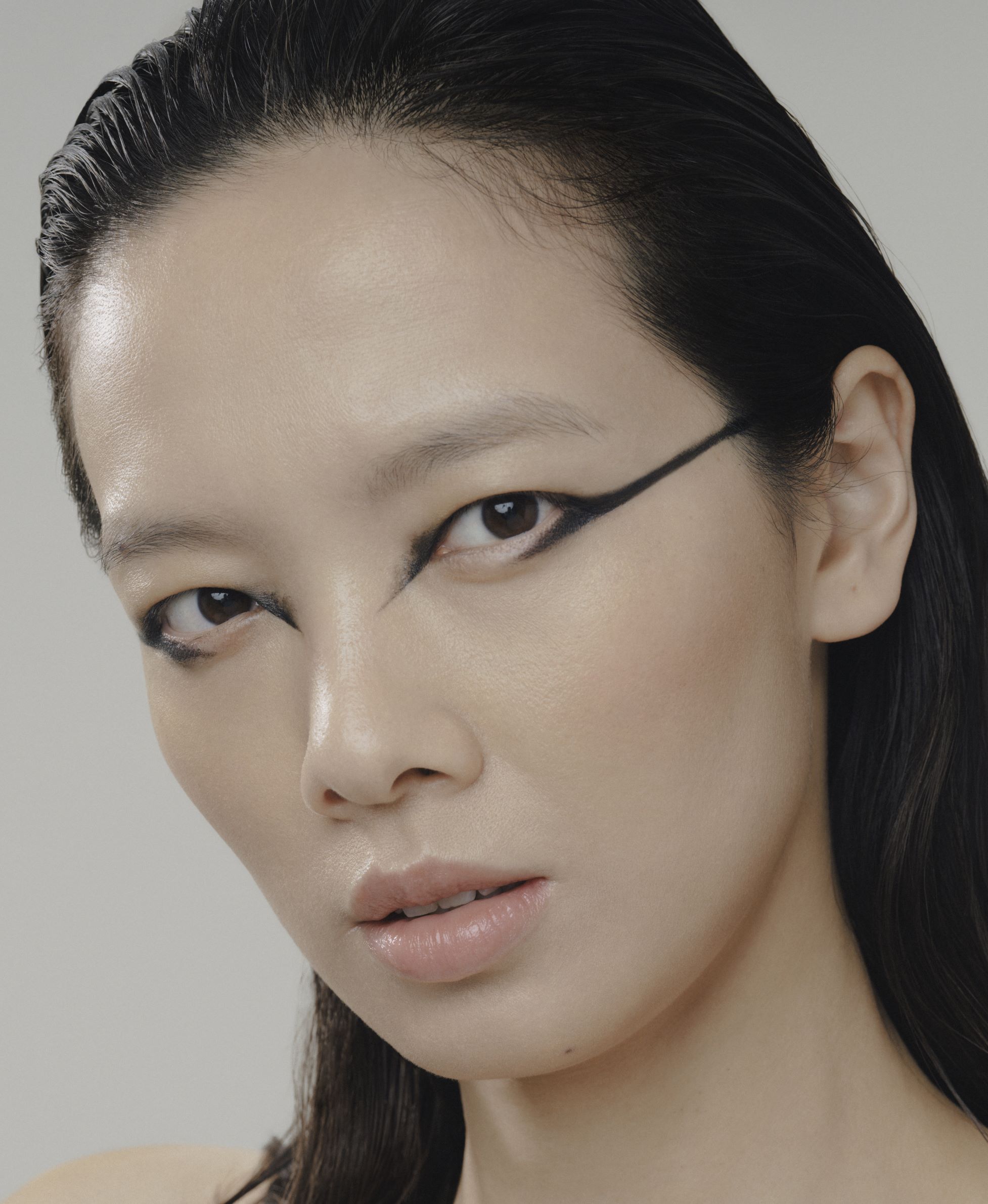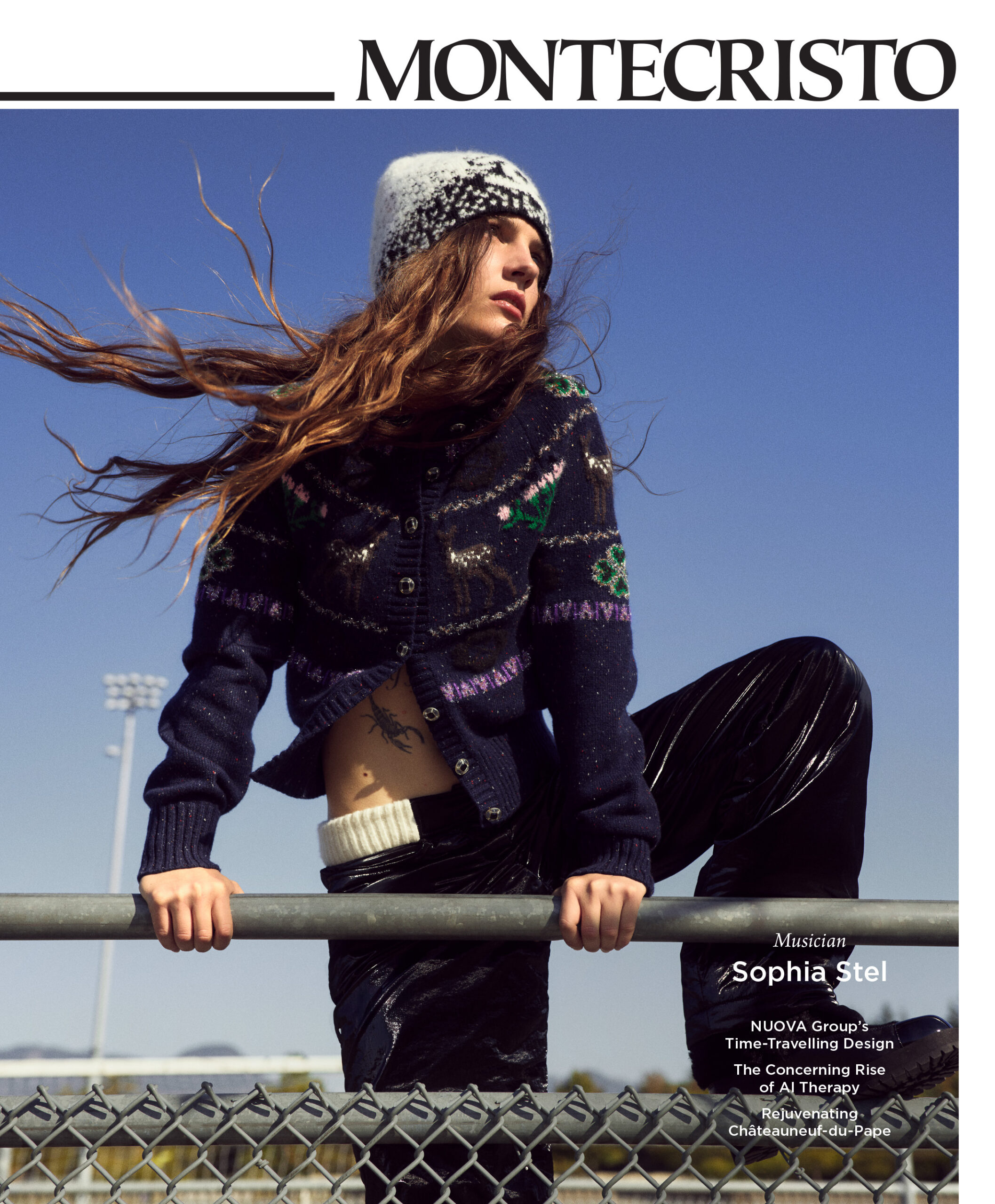Last September, archeologists in Turkey unearthed what might be the oldest eyeliner on record: an 8,200-year-old stone stylus tipped with jet-black kohl, still dark despite the centuries. The finding is a testament not only to the perennial act of beauty rituals but to kohl itself—a form of eyeliner that has spanned millennia and is still used today.
Kohl originated in the time of the pharaohs. The sultry gazes we associate with depictions of Nefertiti and Cleopatra are thanks to the power of kohl, which was initially made with natural materials such as galena (lead sulfide) or malachite (copper carbonate), according to Zahra Hankir, author of 2023’s Eyeliner: A Cultural History. But the use of kohl was never just about a dramatic appearance in ancient Egypt. “Its purposes were both practical and spiritual,” Hankir explains. “It was believed to protect the wearer from the evil eye, shield the eyes from the sun’s glare, and to treat eye ailments.”
Those uses are still common in the Middle East and across the world today. “Bedouin tribes, for example, believe that applying kohl protects the wearer from harm, and some tribes even see it as essential for the afterlife,” Hankir says. In Islamic tradition, kohl is considered sunnah— meaning it was worn by the Prophet Muhammad for medicinal reasons—and is applied as a powder to the waterline using a metal or wood wand-like applicator. In South Asia, a creamy eyeliner known as kajal is the equivalent of kohl and is traditionally made from soot derived from burning ghee or castor oil. The Wodaabe, nomadic pastoralists found in central Africa, use kohl to protect their eyes from the sun and dust but also for beautification.
“That is what is so special about kohl: it is worn in so many different contexts across the world, and for similar reasons, but often there are unique elements that make the cosmetic specific to that cultural milieu,” Hankir says.
The West’s love affair with eyeliner didn’t start until the 1920s, and our obsession with the iconic cat-eye look was cemented by the glamour and glitz of movie stars such as Marilyn Monroe and Sophia Loren in the 1950s and ’60s. But in the past few years, kohl has reappeared, stealthily popping up alongside staples such as liquid eyeliner in the Western beauty lexicon, as influencers and luxury brands alike have noted its enduring qualities—particularly how well the product creates an intense sultry eye.
“It really adds a sexy, bold wear to makeup,” says Happi Kaur, a Richmond-based makeup artist whose work ranges from Indian bridal makeup to commercial and fashion editorials. Since kohl has a smudgeable texture—unlike liquid eyeliner’s matte finish—it’s perfect for beginners who want to tackle a smoky eye with little effort. Kaur recommends using a brown-coloured kohl, since the typical black can almost be too dramatic, gliding it along the upper waterline and lid lash line. Then, use your fingertips to spread the eyeliner outward into a winged cat eye. Since kohl can be smudged easily, setting it with dark eyeshadow will block your natural oils from spreading the pigment, Kaur notes.
Kohl is also typically used along the bottom waterline, which can make for an arresting, siren look in modern-day contexts. But it’s not for all eye types: lining your bottom waterline could end up making your eyes look smaller. If that is a concern, Kaur recommends just adding a touch of kohl to your upper waterline, which can make your lashes appear naturally fuller.
Traditional bases for kohl vary across the world, and some may still contain lead. But as western brands embrace kohl’s undeniable presence as a beauty staple, formulas that stray from the product’s homemade roots make it not only safer but also more accessible for beginners or those with no cultural connection to its roots. Both Dior and Yves Rocher kohl eyeliner is infused with cornflower extract, which can soothe irritated eyes. Annabelle’s kohl range, which comes in 21 matte, seven satin, and 10 metallic colours, is hypoallergenic and infused with vitamins C and E.
Yet as kohl turns more mainstream, Hankir hopes its traditional roots won’t get lost. “The labelling and promotion without honouring the roots of kohl, I would say, is an ongoing problem and points to the need to increase representation at the highest levels of the beauty industry,” she says. Arab and South Asian beauty brands are capitalizing on kohl’s upswing and bridging that divide: Byredo offers a vegan kajal pencil in honour of founder Ben Gorham’s Indian heritage, while Kulfi, a South Asian-owned brand, offers a waterproof kajal infused with aloe. Huda Beauty’s creamy kohl eyeliner has a gel-like consistency that is longer-wearing.
It’s clear kohl isn’t going anywhere. It’s been a go-to for thousands of years and will doubtless endure for thousands more, even as new forms and formulas are devised. And with it, a striking smoky eye will never be more than a languid swipe of eyeliner away.
Read more from our Spring 2025 issue. Model: Grace Gao for Richards International Model Management. Makeup: Win Liu for Lizbell Agency.









